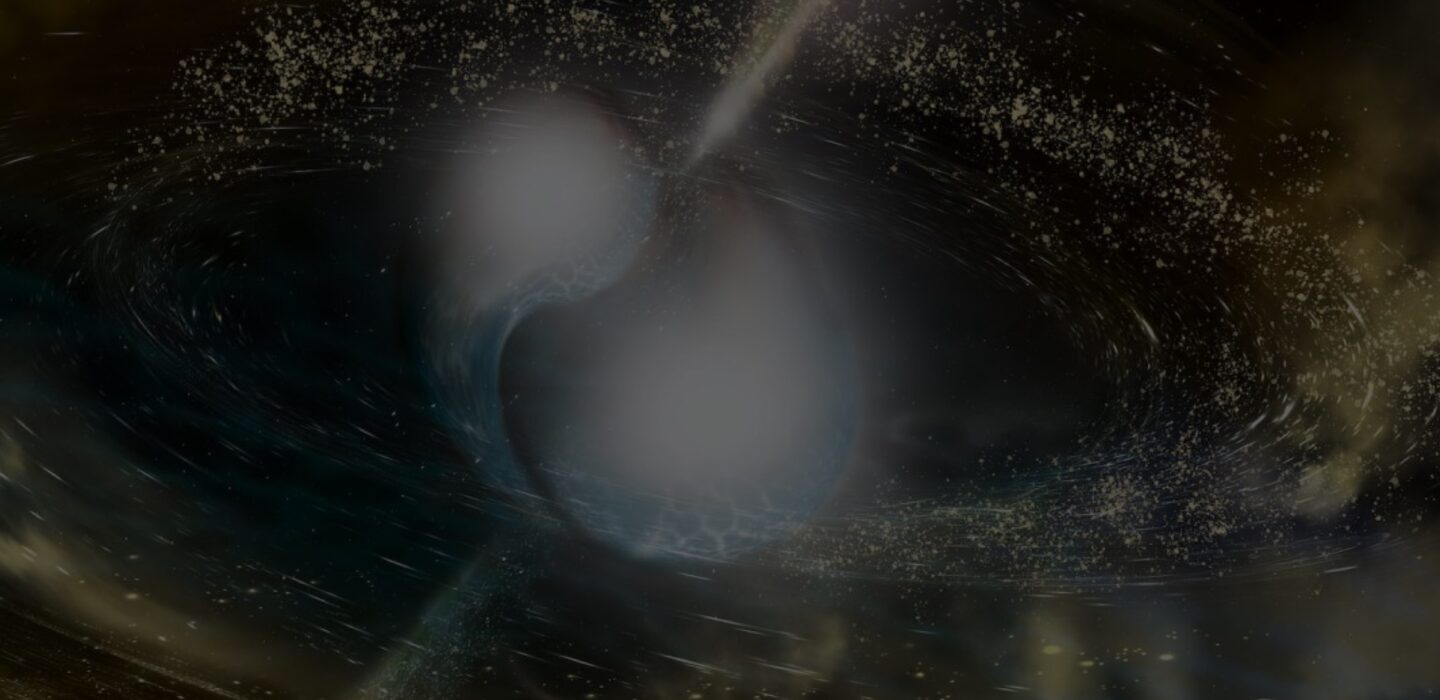David Robinson & Uddipan Banik

Monday, December 16th, 2024
3:00pm - 4:00pm
Marlar lounge, in person & via zoom
Talk 1: David Robinson, 3:00pm - 3:30pm
Cooling and heating functions with Machine Learning
In the era of JWST, observations are yielding more detailed information about the distribution and structure of star-formation regions in distant galaxies than ever before. To interpret these observations, galaxy simulations need to use increasingly sophisticated sub-grid models of star formation and feedback. One feedback mode is direct heating of gas by incident photons. Gas often needs to cool radiatively to reach the low temperatures and high densities required for star formation. Consequently, a key component of galaxy simulations is the gas cooling and heating functions, which control gas thermodynamics. These functions depend on both gas properties (temperature, density, metallicity) and the incident radiation field, which generally includes both a spatially constant extragalactic background and contributions from local light sources. Although cooling and heating functions can be computed exactly with photoionization codes, that is computationally expensive and impractical to do on-the-fly in hydrodynamic simulations. We train machine learning models to predict cooling and heating functions calculated with the photoionization code Cloudy at fixed metallicity. We find that models trained with as few as 3 averaged radiation field intensities can outperform a traditional interpolation approach at each fixed metallicity. We implement one such machine learning model into an isolated galaxy simulation, and compare the gas thermodynamics to a fiducial run with an interpolation table approximation of the gas cooling and heating functions.
Talk 2: Uddipan Banik, 3:30pm - 4:00pm
A theory for collisionless relaxation to universal attractors in plasmas and self-gravitating systems
Collisionless systems governed by long-range interactions such as plasmas and self-gravitating systems are known to harbor universal non-thermal distribution functions with power-law tails in particle energy, the origin of which has been a persistent mystery. I will present a kinetic theory for collisionless relaxation that can elucidate the microscopic origin of such non-thermal attractor states. First I will present a self-consistent quasilinear theory for non-relativistic electrostatic plasmas that explains how the universal power law distribution observed in the solar wind and other collisionless plasmas emerges from collective collisionless relaxation. Then I will present its generalization to inhomogeneous collisionless self-gravitating systems like galaxies and cold dark matter halos. I will demonstrate using this theory how universal halo profiles observed in cosmological N-body simulations such as the NFW cusp, Einasto-like core and prompt cusp all arise from collisionless relaxation.
Speakers
- David Robinson, University of Michigan Uddipan Banik, Institute of Advanced Study
Hosts
Event Contacts
- Minghao Yue Daniele Michilli